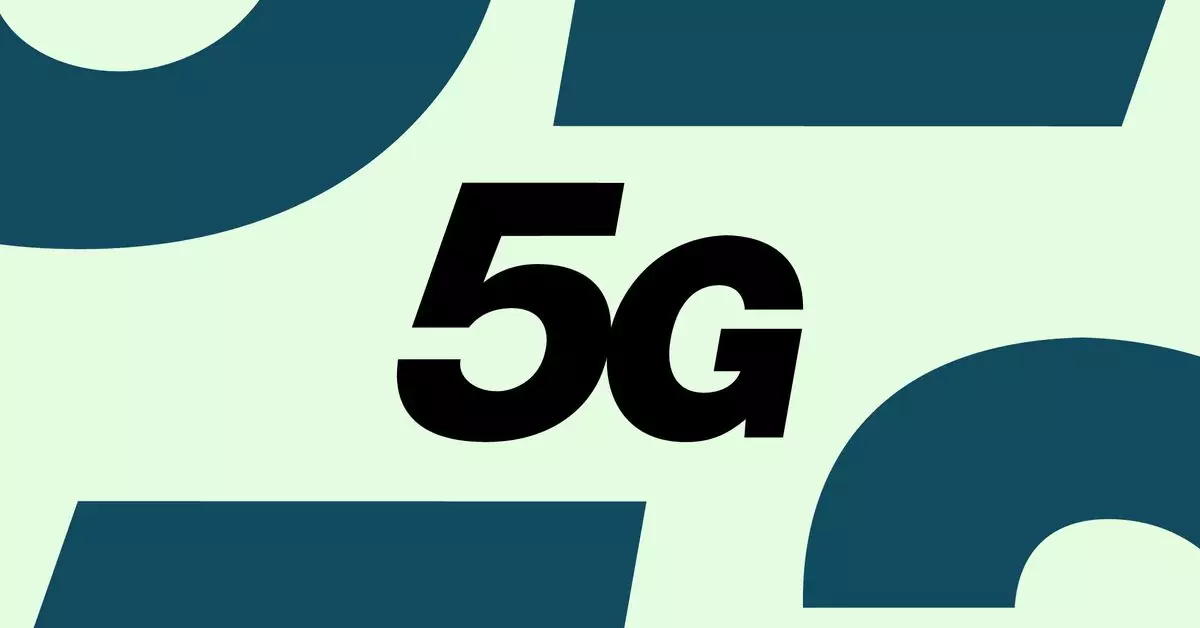In the rapidly evolving landscape of cellular technology, the emergence of RedCap (Reduced Capability) 5G marks a significant innovation tailored specifically for Internet of Things (IoT) devices. Unlike conventional 5G that prioritizes high speed and broad bandwidth, RedCap is designed to optimize power efficiency and reduce costs for devices that do not require extensive data throughput. This low-bandwidth version, also referred to as NR-Light, unlocks new opportunities for everyday electronics, particularly wearables, sensors, and surveillance systems, setting the stage for a more connected world.
Both T-Mobile and AT&T are gearing up to introduce devices utilizing RedCap technology, with T-Mobile set to launch its version before the year’s end. AT&T, on the other hand, anticipates rolling out its initial NR-Light products by 2025. This staggered release schedule indicates a competitive race to seize market share in the growing IoT domain. Jason Silkes, AT&T’s AVP of device architecture, has hinted at the potential of inexpensive mobile hotspots and dongles as the first RedCap-driven products. Such devices are likely to attract consumers looking for affordable, reliable connectivity without the frills of high-end specifications.
The types of devices expected from this technological advancement are quite thrilling. The introduction of low-cost cellular-connected smartwatches, augmented reality glasses, and portable sensors could revolutionize the way consumers interact with technology. The Snapdragon X35 modem, recently launched by Qualcomm, is set to play a pivotal role in powering these products; it has already garnered attention from both carriers as a key component in upcoming devices. Companies like TCL have proactively announced products like the TCL Linkport IK511 5G USB dongle, showcasing the early potential of RedCap technology.
As we anticipate further innovations during events like CES, it’s crucial to understand the implications of RedCap technology on the broader IoT ecosystem. The simplification of device design, highlighted by the absence of high-powered antennas, allows manufacturers to create more accessible and energy-efficient devices. This shift could democratize access to advanced technology, making IoT devices more prevalent and practical in everyday life.
RedCap technology represents more than just a new specification in the expansive world of 5G; it signifies a transformative moment for IoT devices. As T-Mobile and AT&T prepare to launch their first products, industry experts are keenly observing how this development will shape consumer experiences and influence the technology landscape in the years to come. The slow yet promising race to harness the capabilities of 5G for IoT has officially begun, and the potential it holds is undeniably exciting.


Leave a Reply